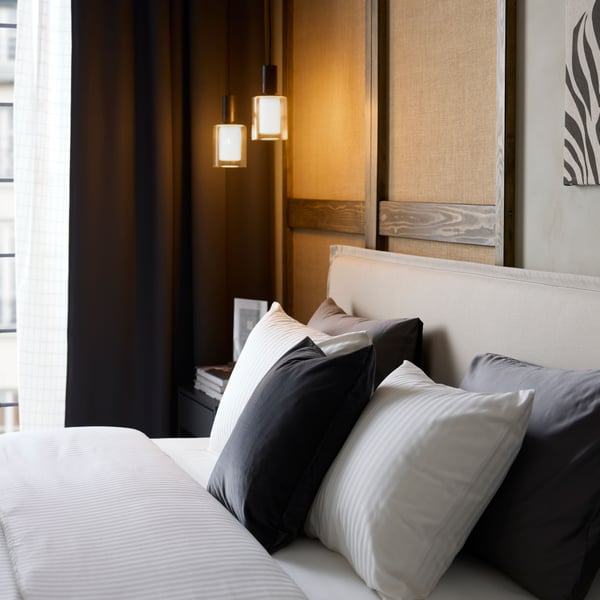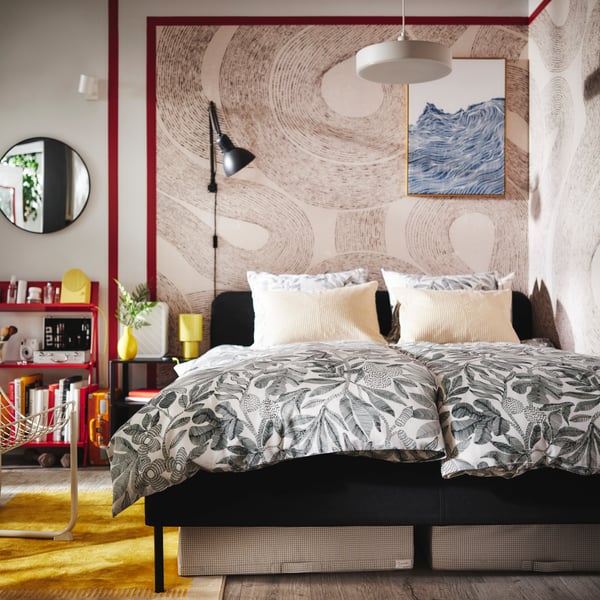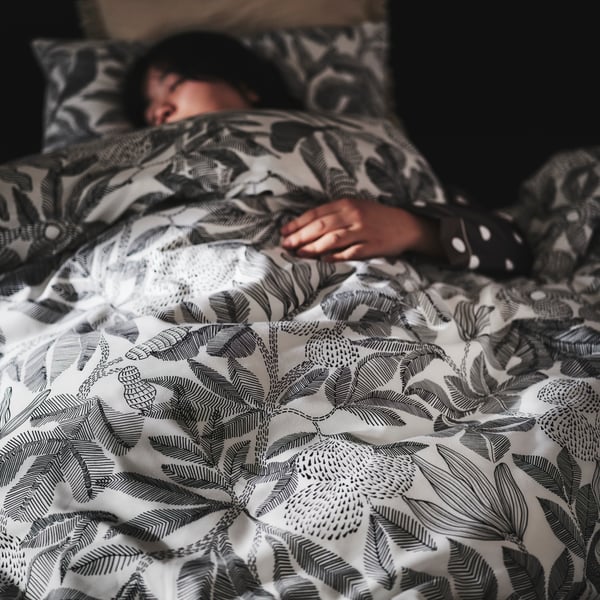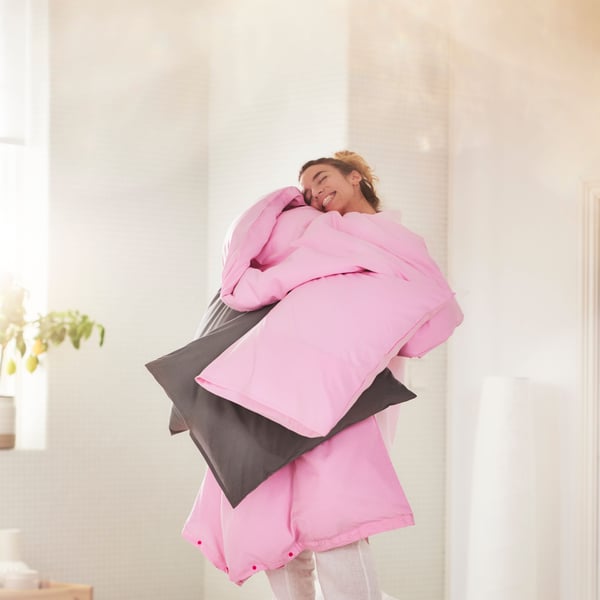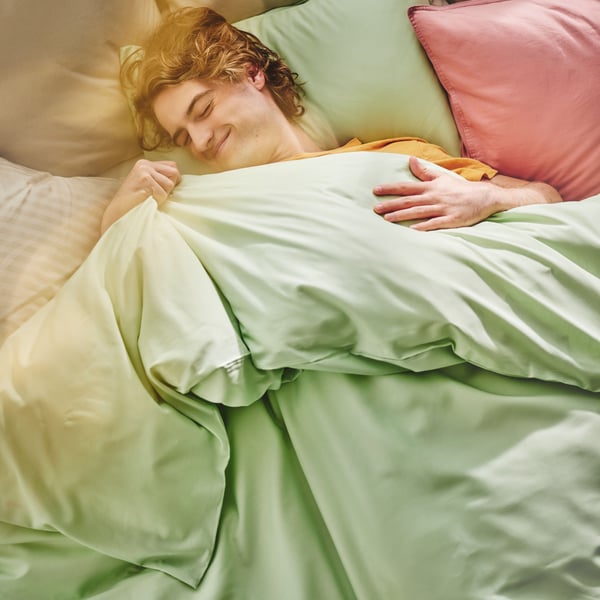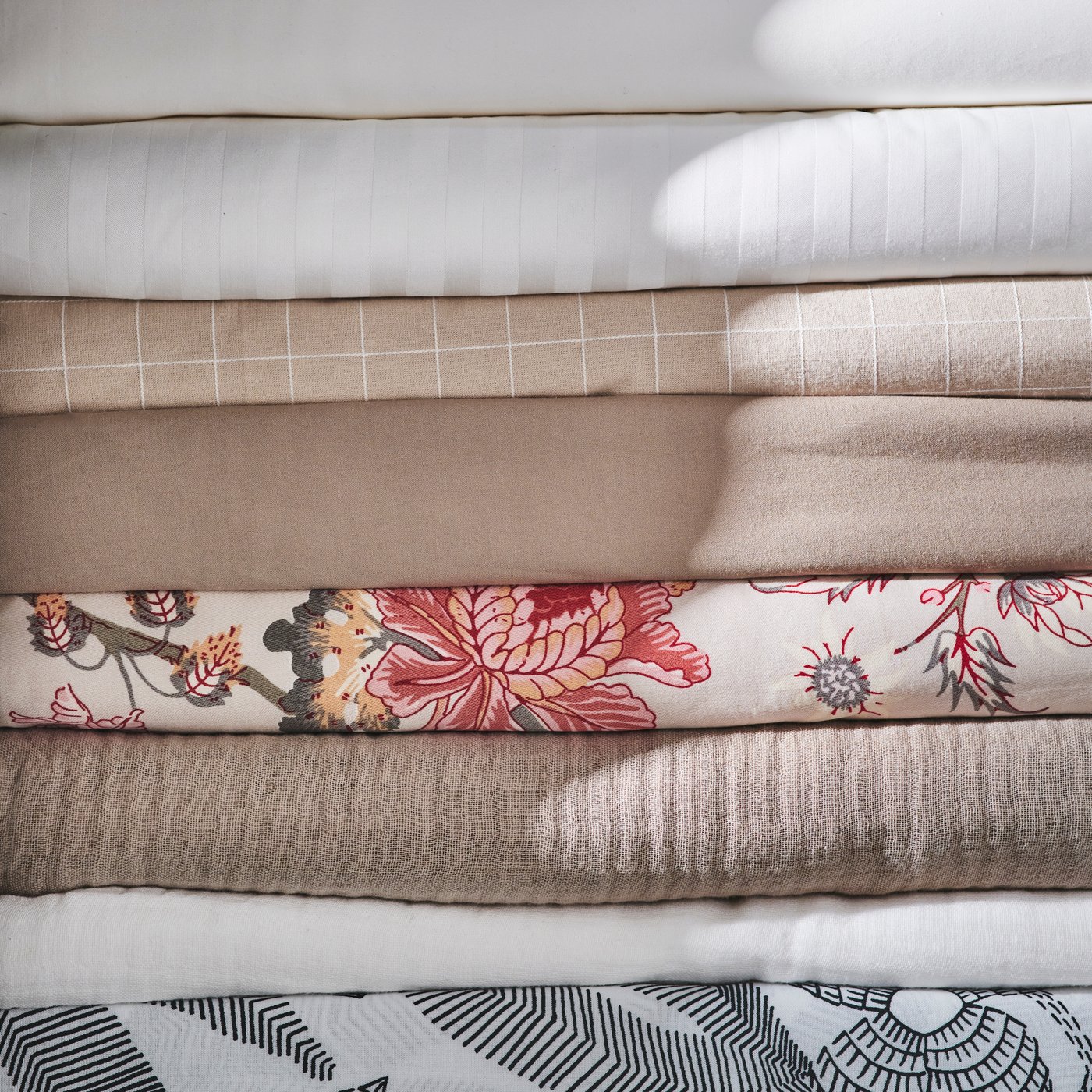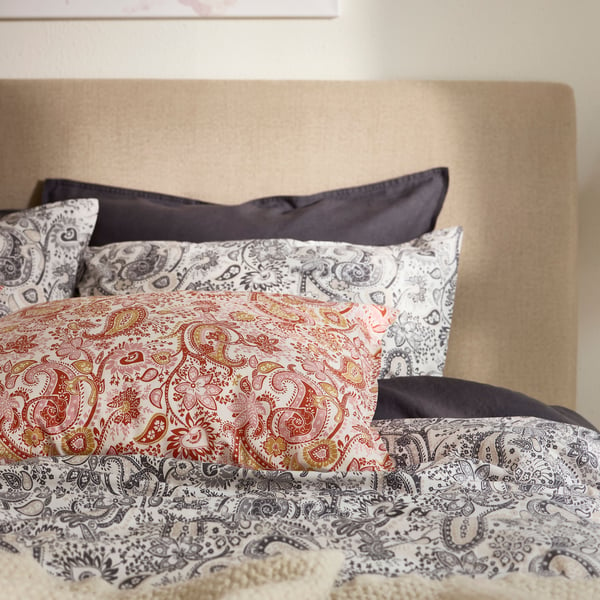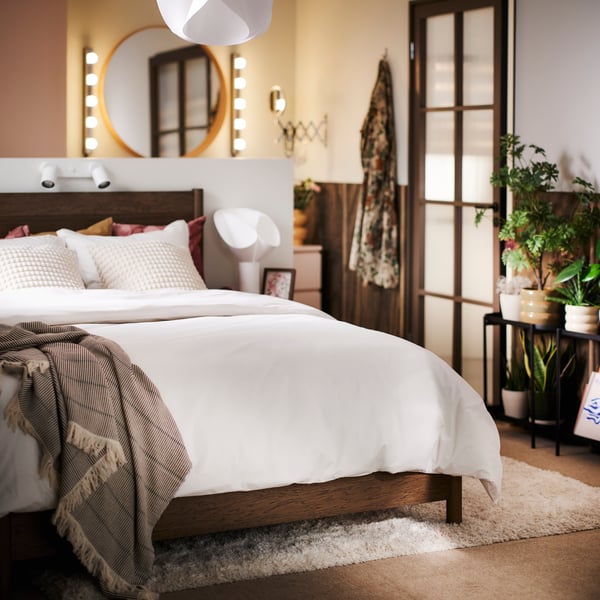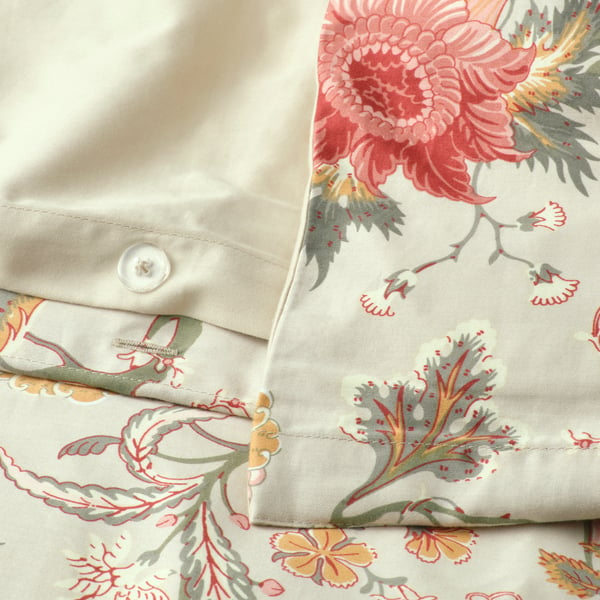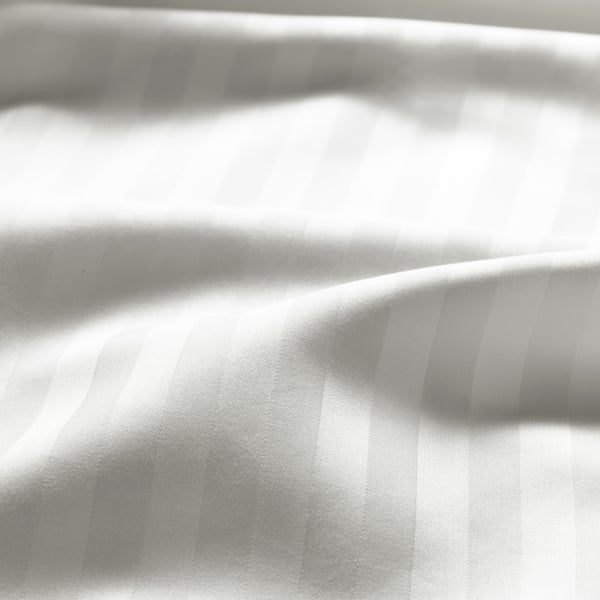How to choose the bed linen material that’s right for you
When it comes to choosing bed linen, it shouldn’t just be about looks. We all have unique style and comfort needs so things like material and weave matter too. Along with cotton, we use viscose and lyocell in our bed linen as they give similar benefits to cotton and have a silky soft feel. Polyester also makes an appearance, flying the flag in the colourfast and easy-care corner. Not sure which material is right for you? Our guide is here to help you choose!
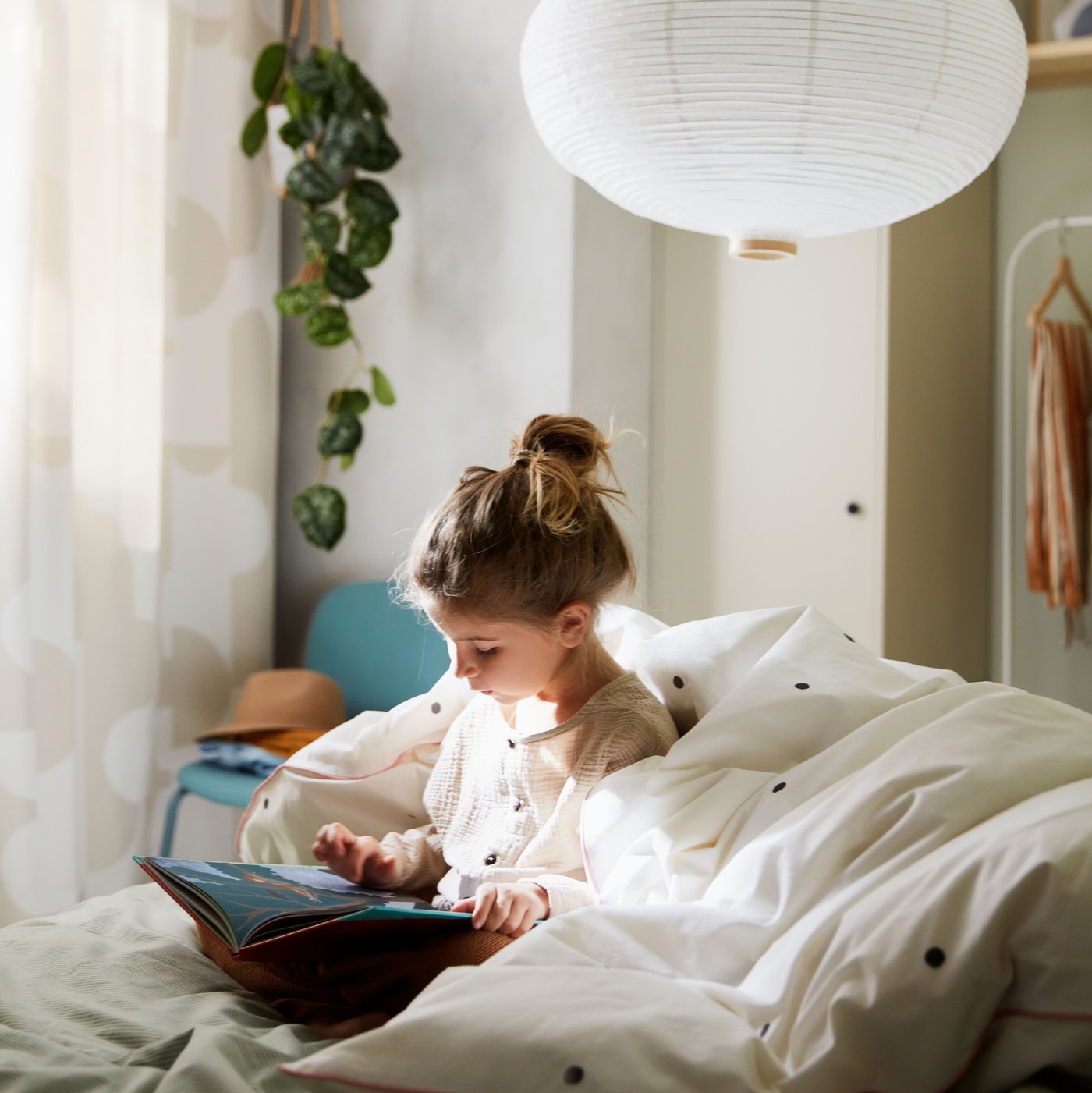

- Product information page
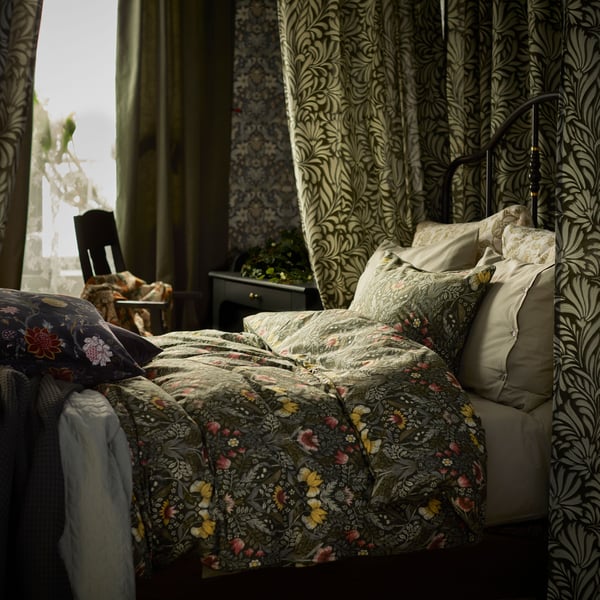
- Product information page
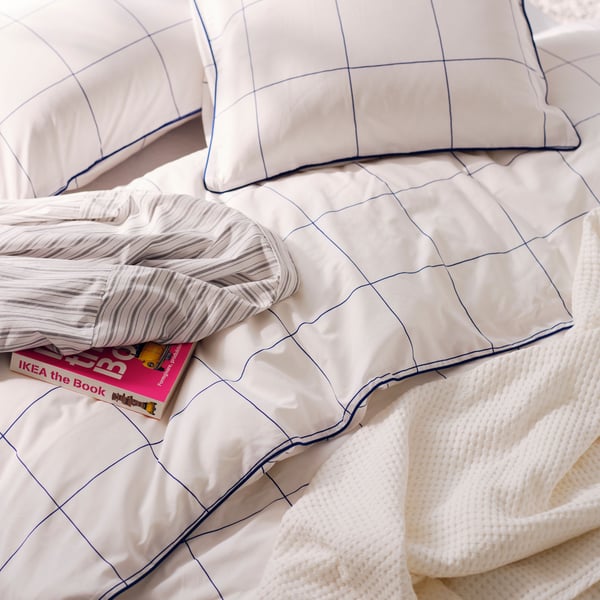
- Product information page

- Product information page
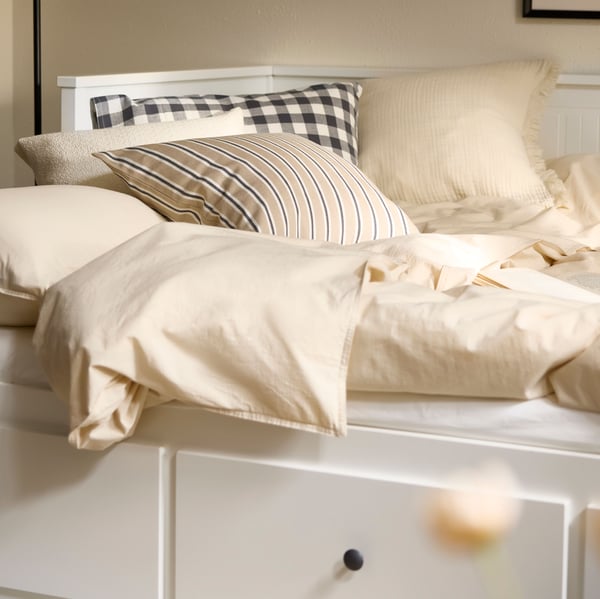
- Product information page

- Product information page
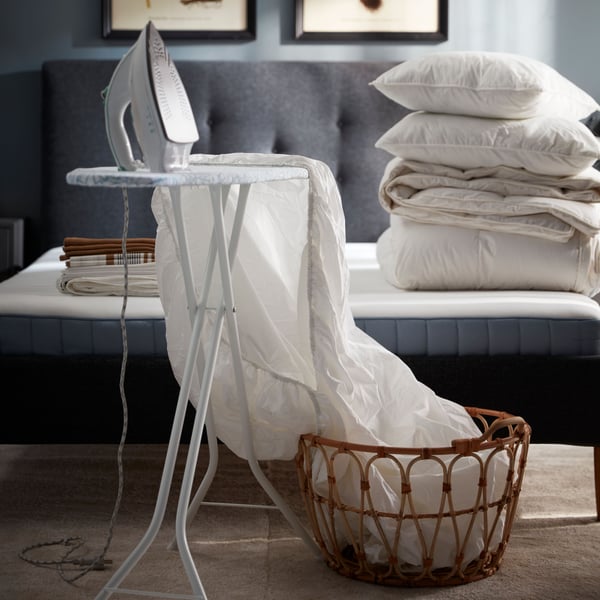
- Product information page
Caring for bed linen – our top tips
- When to wash: We recommend every two weeks. If you have allergies, are sick, or sleep with pets or kids, wash more often.
- Temperature: Wash at 60°C to kill any bacteria.
- Drying: Dry immediately to prevent mould and bad smells.
- Folding: Fold bed linen to reduce wrinkles and store efficiently.
- Material-Specific: For sateen bed linen, ironing helps maintain its look.
Boryana Tsocheva
Product design engineer
